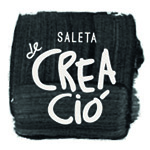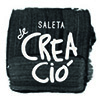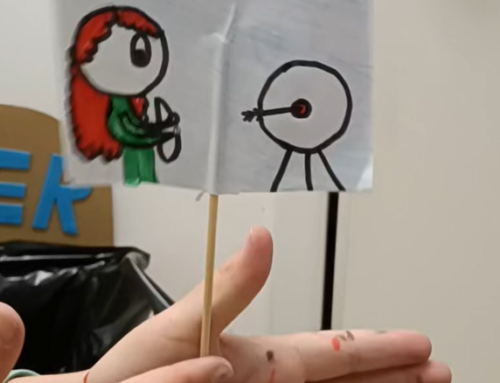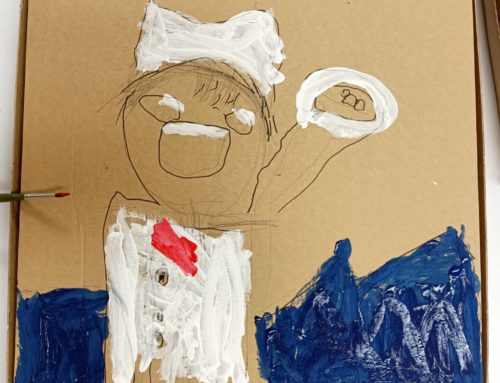When you have not do experiments, kids we all ask… So this week we made experiments p ero before, we challenged them.
Challenge
Before starting the experiments we have proposed to the children a Challenge:
Since we will learn to make paper boats for the experiment, we will prop I ince try to make boats of different sizes.
Material:
- 1 sheet (A4 paper)
Challenge : we want to see if starting from an A5, we are able to make the smaller and smaller boats.
How do you make the paper ship?
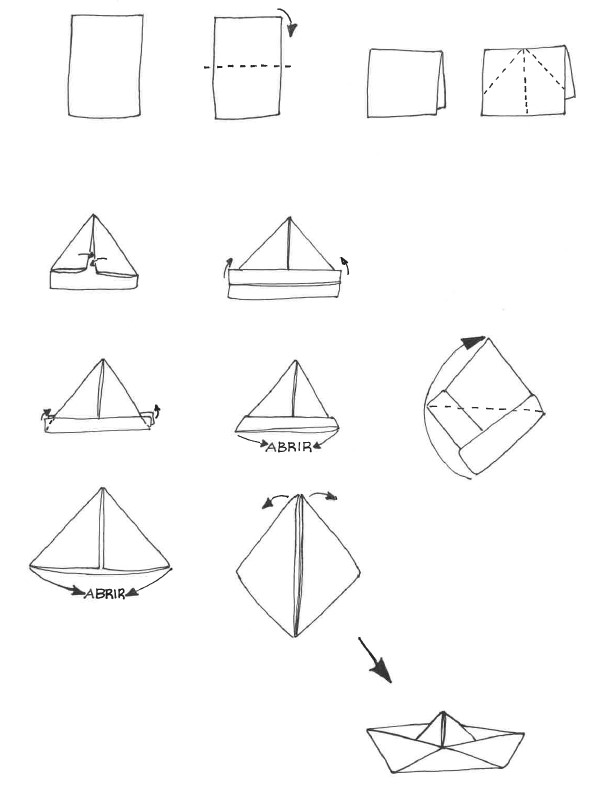
To do this, take an A4 and start by splitting it in two. With one half you can make the first boat in A5 and the other half you keep it.
When you have finished the boat, set it aside and divide the other half of the A5 by 2 and make another boat. Keep it up until you use a piece of paper so small that it can hardly be folded.
Here are some pictures of how our small boats have been:
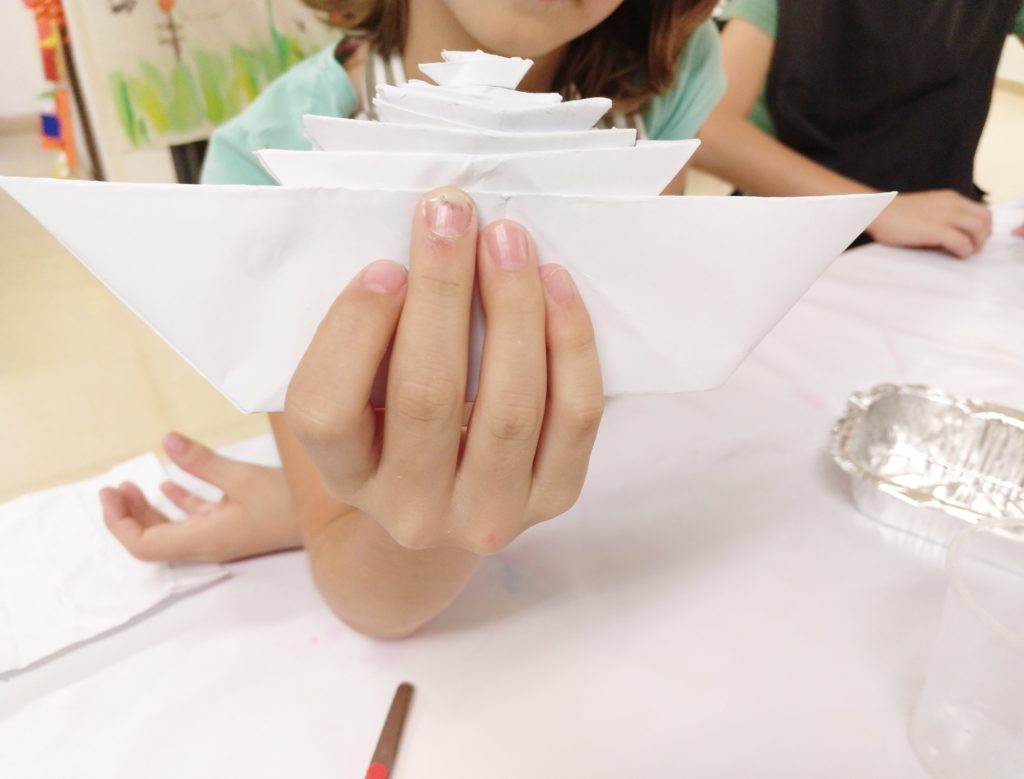
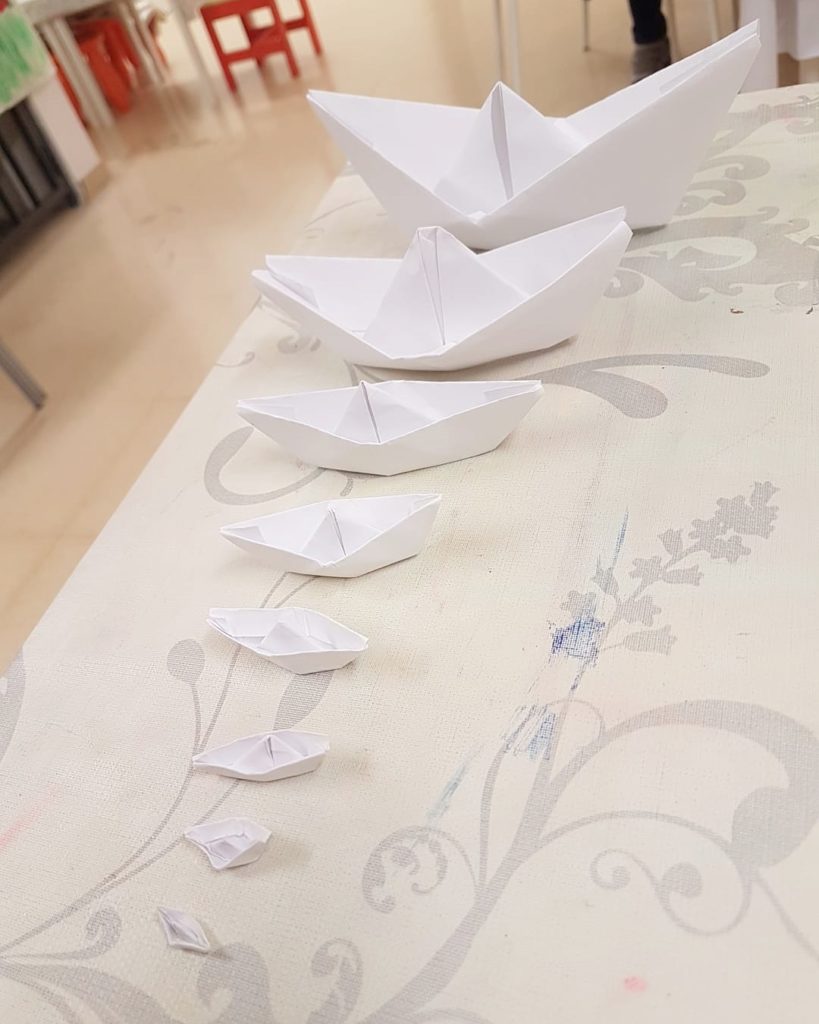
As some children are very curious, we have also tried to make the boat in different materials such as cardboard , plastic , tissue paper and cardboard. They are options in case you feel like trying.
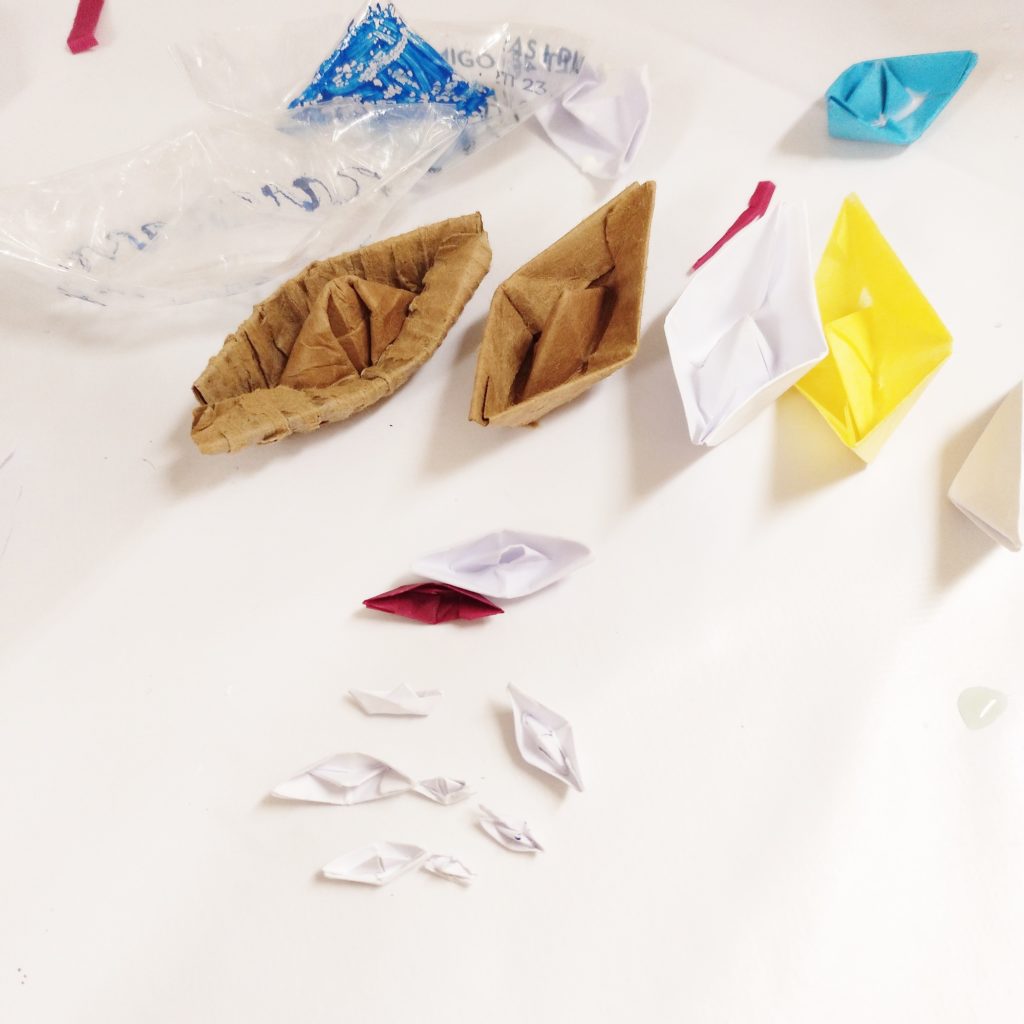
Now that we know how to make a paper ship, let’s take one that will help us for our experiment.
Experiment: The ship that does not sink.
Materials :
- 1 sheet of A4 paper
- A container where to put water . If it can be transparent, the better.
- 2 glass s transparent s . We have taken them from plastic.
- Optional food coloring
- Cornstarch
PART 1:
1. Put water in the container and put the paper boat on the water, so that you observe that it floats . If you want you can put a droplet of dye in the water to make it more fun. (it’s optional)
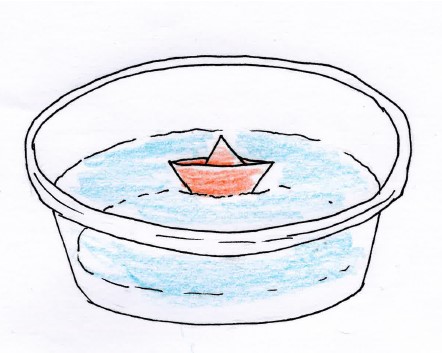
2. Take 1 transparent glass and place it upside down on the little boat.
3. Now sink the glass to the bottom of the container and see what has happened.
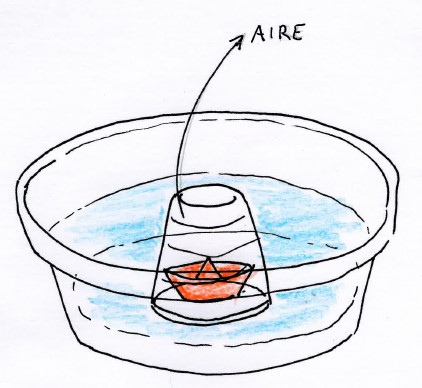
4. Then raise the glass little by little.
Let’s ask ourselves some questions:
What do you think will happen when the glass sinks ? What has really happened? Why do you think it happened?
PART 2:
Repeat the experiment but this time take the glass and make a hole in the part of the ass, in the middle. The hole can be the size you want.
Observe what happens and compare it with the 1st part and we repeat the same questions.
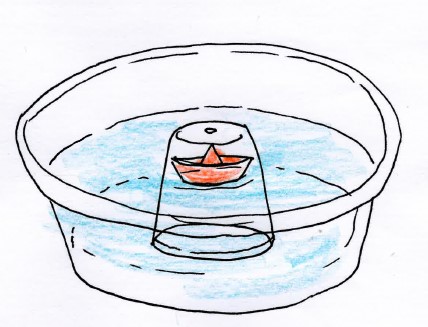
PART 3:
Repeat Part 1 putting cornstarch in the water. What’s going on?
Explanation:
Although it is not seen and we forget that it exists , around us there is air. When we take an empty glass, there is air inside. When you turn what we are doing and s pressing with air water container. Thus, the ship sinks but not wet because air gets separated r the bottom water.
What happens when the glass has a hole?
When the glass has a hole, the air escapes through the hole and has no force to press the water and separate it as it goes above. In this case the boat does sink and get wet.
What happens when you put cornstarch in the water? The Maizena is a Non-Newtonian liquid that when pressed s, it hardens. So when baj to s the glass, if you do it fast, you may find strength and can not do.
More questions:
Do you know of any device that follows the same principle in the water?
